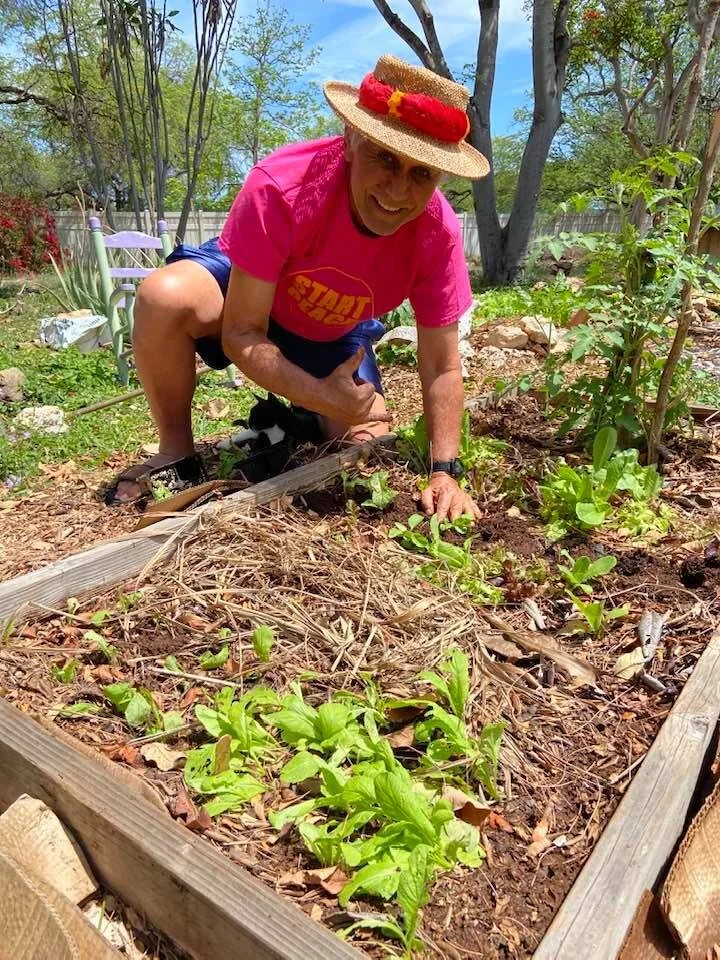Victory (Lanakila) Gardens: A Way To Thrive During A Crisis
To be pro-active and self-sufficient, the people of Hawaii should grow more of their own food.
Honolulu Civil Beat - March 25, 2020
By: Senator Mike Gabbard
In times of crisis, we as a country put aside our differences, and work together.
We did it during World War I and World War II, and as the coronavirus continues to rampage its way across the U.S., it is time we roll up our sleeves and do it again.
During both world wars, because of drastic food shortages here and abroad, Americans were encouraged to start Victory Gardens in their back yards to grow fruits and vegetables.
For those without backyards, window boxes were suggested, or for high-rise city apartment dwellers, rooftops suddenly were transformed into lavish gardens, that everyone in the building contributed their time and energy into maintaining and then joyfully joined together in reaping the bountiful harvests.
At its peak during World War II, the U.S. Dept. of Agriculture estimates that there were about 20 million Victory Gardens across the U.S.
A Victory Garden poster from World War II, circa 1943. The coronavirus crisis should inspire us to grow our own.
By 1944, Victory Gardens were responsible for growing approximately 40% of all the fruits/veggies in the country, which came out to an estimated 8 million tons of produce during the war. The federal government got involved by printing free recipe books that were distributed widely.
Agricultural companies participated by offering tips on how to make home gardens flourish. Many other organizations, churches, and businesses pitched in to help the cause.
The fact is, Victory Gardens not only fed our soldiers fighting overseas, and ourselves here at home, but they also boosted our national morale tremendously during a time of incredible danger and stress.
So, America, let’s do this again. What a wonderful experience it would be for families across the country to plant and harvest our own food.
Think of the incredible lessons and values to be learned by our children — many who are burning out on their video games, annoying their parents, twiddling their thumbs, or simply freaking out due to boredom.
What If Supplies Dry Up?
In Hawaii, we import 85-90% of our food, at a cost of about $3 billion annually. Our shipping companies assure us that during the current crisis, there will be no interruptions in service, and, of course, that’s good to know.
But what if? What if conditions change on the mainland and elsewhere, and our food supplies dry up?
Why not set the example for the rest of the world to follow?
Why not have our Hawaii Farmers Union United, Hawaii Farm Bureau, Department of Agriculture, UH College of Tropical Agriculture and Human Resources, and other related government agencies, as well as churches/temples/mosques and other nonprofit groups do a “kakou thing” and assist families in starting their 2020 Hawaii Lanakila Home Gardens?
(Lanakila means “victory” in Hawaiian.)
People can plant fruit trees, herbs, and veggies in their yards or try out vertical gardening; commercial and condominium/apartment building rooftops can be used for the same.
Why not be pro-active, and do all we can to become self-sufficient? Why not set the example for the rest of the world to follow, working together with aloha as a community helping to feed our families and each other?
Yes, Hawaii, we can do this. Let’s start now and get growing!
Article published in Civil Beat - March 25, 2020

